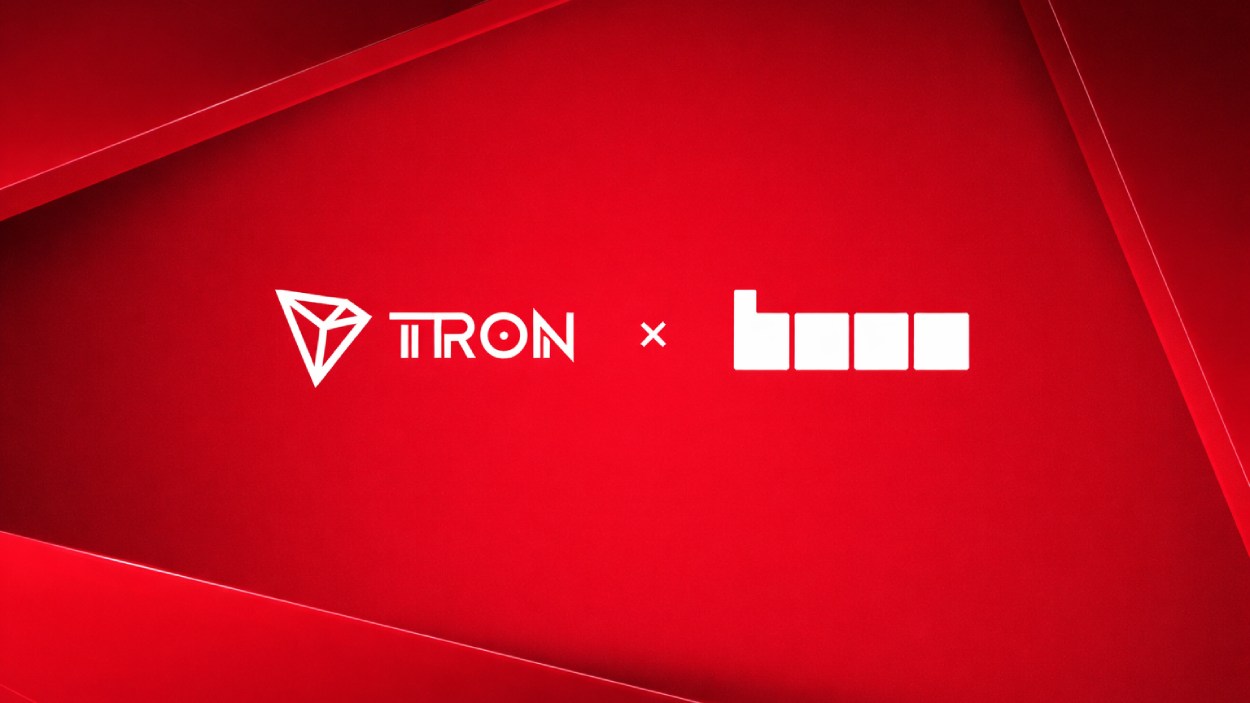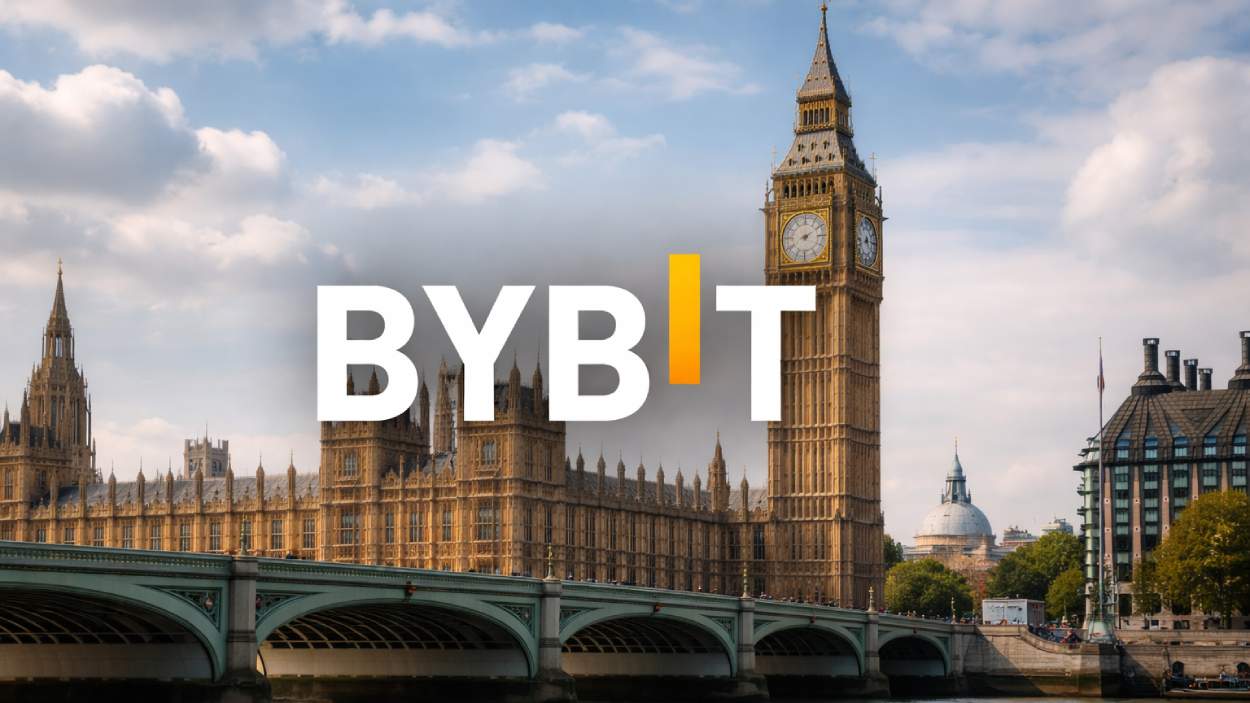Polkadot is pushing forward with a bold proposal to create its own native algorithmic stablecoin, pUSD, sparking both optimism and skepticism across the crypto community.
Key Takeaways
- Polkadot is voting on a proposal to launch pUSD, a DOT-backed algorithmic stablecoin.
- pUSD would be built using Acala’s Honzon protocol, the same framework behind the failed aUSD.
- Critics warn of repeating past mistakes, while supporters believe it could reduce reliance on USDT and USDC.
- Polkadot founder Gavin Wood sees stablecoins as central to long-term validator incentives and ecosystem growth.
What Happened?
The Polkadot community is currently voting on RFC-155, a proposal to launch pUSD, a native stablecoin backed entirely by DOT tokens. The vote, still open for several weeks, has already drawn over 1.4 million DOT valued at around $5.6 million, with more than 74 percent of votes currently in favor.
Despite growing support, the initiative has revived bitter memories of Acala’s failed aUSD stablecoin, raising governance and technical concerns.
.@Polkadot to create its own native algorithmic stablecoin pUSD, backed by $DOT tokenhttps://t.co/cdNYs9GGgt pic.twitter.com/5tNYUx4CGZ
— ICO Drops (@ICODrops) September 29, 2025
The Proposal: A DOT-Backed Stablecoin
The pUSD plan was introduced by Bryan Chen, CTO and co-founder of Acala. He proposed that Polkadot needs a self-sustaining, decentralized stablecoin to avoid overreliance on external assets like USDT and USDC, which currently dominate the ecosystem with a combined market cap of over $74 million.
Under the proposal:
- pUSD would be minted via Honzon, Acala’s protocol for overcollateralized debt positions.
- The stablecoin would be launched on Polkadot’s Asset Hub.
- Holders could earn passive income through an optional savings module funded by stability fees.
The model promises to keep the peg intact using on-chain liquidation mechanisms and economic incentives. Chen argues that this design promotes decentralization and censorship resistance, key values for Polkadot.
Community Reactions: Support and Skepticism
While many in the community view pUSD as a crucial step toward DeFi expansion, others remain wary due to its ties to Acala and the aUSD collapse in 2022. That project was derailed by an exploit and led to deep mistrust.
Some community voices have been vocal:
- “Acala’s stablecoin (aUSD) launch was a complete disaster… I don’t see myself supporting their project anymore.”
- “I would be prepared to vote AYE if Acala is removed from development and robust governance is in place.”
Others emphasized the need for Polkadot’s Technical Council to play a direct role in governance to avoid past mistakes.
Critics also pointed out that backing the coin solely with DOT could cause risks such as:
- Liquidation cascades if DOT’s price drops.
- Increased sell pressure during market downturns.
They compared it to MakerDAO’s early ETH-only DAI model, which later evolved to support multi-collateral systems including WBTC, LINK, and RWAs.
Alternatives and the Future
Some members highlighted alternatives like HOLLAR, a stablecoin built on the Hydration runtime, which offers a more modern approach and avoids legacy design issues.
Despite the concerns, supporters argue that if pUSD is executed well, it could:
- Enhance validator income stability, replacing volatile DOT rewards.
- Attract institutional investors seeking predictable returns.
- Strengthen ecosystem autonomy and liquidity.
Gavin Wood’s Strategic Vision
Gavin Wood, founder of Polkadot, has endorsed the need for native stablecoins. He emphasized that:
- Polkadot should explore both fully collateralized stablecoins and “stable-ish” assets.
- Validator payouts in pUSD could reduce volatility in rewards, making the network more attractive.
Wood believes that such financial primitives are essential for Polkadot’s long-term success and competitiveness.
CoinLaw’s Takeaway
In my experience covering the crypto space, native stablecoins are a double-edged sword. On one hand, they offer independence, improved liquidity, and economic sovereignty. On the other, history shows us how fragile algorithmic models can be when poorly managed. I found the community’s concerns about Acala’s involvement very reasonable. Polkadot needs to learn from aUSD’s collapse and ensure this initiative is technically sound and politically neutral. If executed right, pUSD could be a game-changer. But without clear governance, it risks being another cautionary tale.

























































